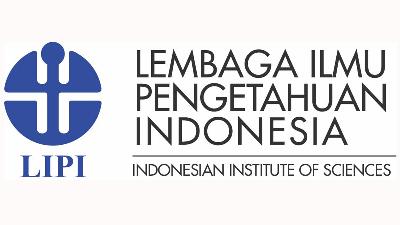Analysis of Medical Breast Cancer Completeness Under Chemotherapy Resume at Dharmais National Cancer Center
Abstract
Keywords
Full Text:
PDFReferences
Creswell, John W. (1994). Research Design. Qualittavie and Quantitative Approaches. Sage Publication. USA.
. Etikan et all. (2016). Comparison of Convenience Sampling and Purposive Sampling. American Journal of Theoritical and Applied Statistics. pp 1 – 4.
. Farzandipour, Mehrdad et.al. (2009). Evaluation of Factors Influencing Accuracy of Principal Procedure Coding Based on ICD9-CM: An Iranian Studi. Perspective in Health Information Management 6;5, Spring 2009, pp 1 – 17.
. Hodges, Jackie. (2002). Effectice Claim Denial Management Enhances Revenue.
. Jaworski, Peter. (2015). Sources of Insurance Claim Denials Within a regional medical grup. Health Services Administration, Buffalo, NY
. Legault, Kimberly et.al. (2012). Quality of discharge summaries prepared by first year internal medicine residents. BMC Medical Education. pp 2-6.
. Leppert, Michelle. (2014). Briefings of Coding Compliance Strategy. American Medical Association. Massachusets.
. Mc.Call, Shannon. (2014). Coding, questions and answers. American Medical Association. Massachusets.
. Pongpirul, Krit. (2011). Hospital Coding Practice, Data Quality and DRG - Based Reimbursement Under the Thai Universal Coverage Scheme. John Hopkins University.
. Pongpirul, Krit et.al. (2011). DRG Coding practice: a nationwide hospital survey in Thailand. BMC Health ServicesResearch
. Quentin, William et.al. (2013). Hospital Payments Based on Diagnosis-Related Groups Differs in Europe and Hold Lessons For The United States. Health Affairs. Pp 720 – 722.
. Reinke, et.all. (2014). Timeliness and quality of surgical discharge summaries after the implementation of an electronic format. The American Journal of Surgery. pp 7 – 16.
. Sakaguchi, Farrant Hiroshi. (2014). Improving The Discharge Summary. Department of Biomedical Informatics The University of Utah. Thesis.
. Thabrany, Hasbullah. (2014). Jaminan Kesehatan Nasional. Edisi ke – 2. Jakarta.
. Tongco, Ma. Dolores C . (2007). Purposive Sampling as a Tool forInformantSelection. A Journal of Plants, People, and Applied Research. Pp147.Philipines
Refbacks
- There are currently no refbacks.

This work is licensed under a Creative Commons Attribution 3.0 License.
Supported by :


 Indexed by :
Indexed by :




